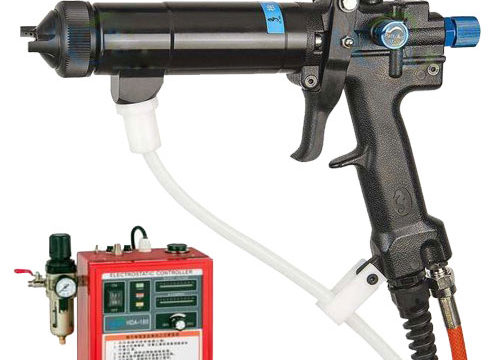
Explain of Automotive Coating Process
The automotive coating process belongs to decorative and protective multi-layer coating, which includes the most processes and the highest coating quality requirements for automotive finishing. General coating process system According to the layer of coating, commonly used coating process system include: Two coating systems (primer + topcoat); Three-coating system (primer + middle coat + topcoat or metallic glitter paint/varnish); Four-coating system (primer + middle coat + topcoat + varnish, suitable for luxury cars with higher coating requirements). Generally, the mostly used is the three-coating system, it's widely used for the body of the car, bus and the cab of the truck with high decorative requirements. According to the drying conditions, its available as drying system and self-drying system. The drying system is suitable for automobile coating produced by mass assembly…








